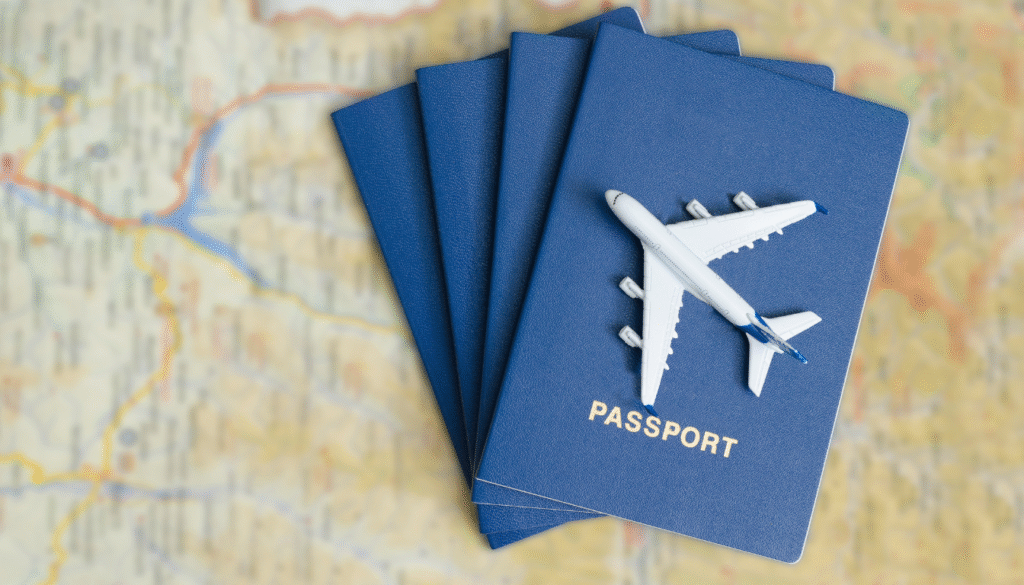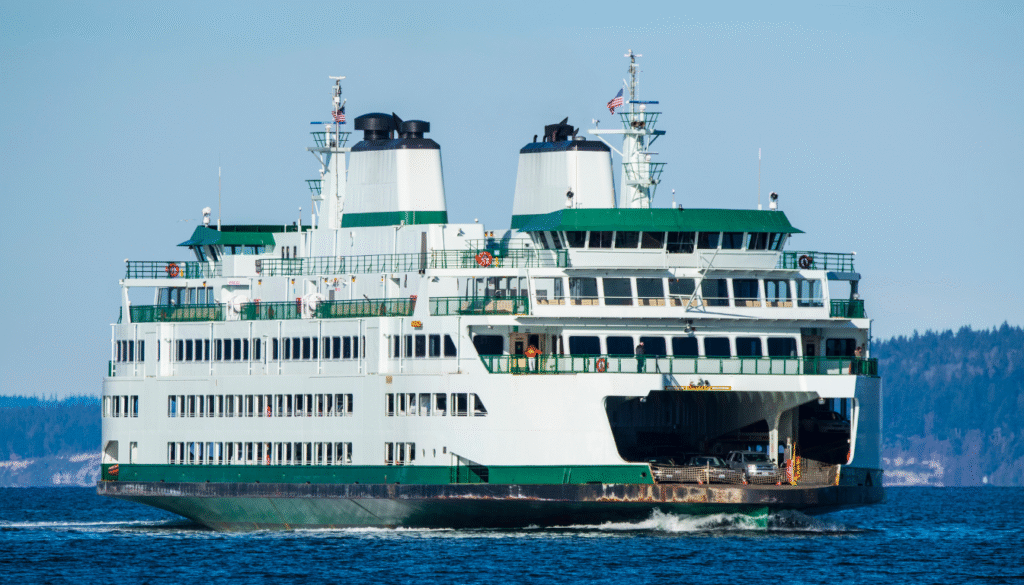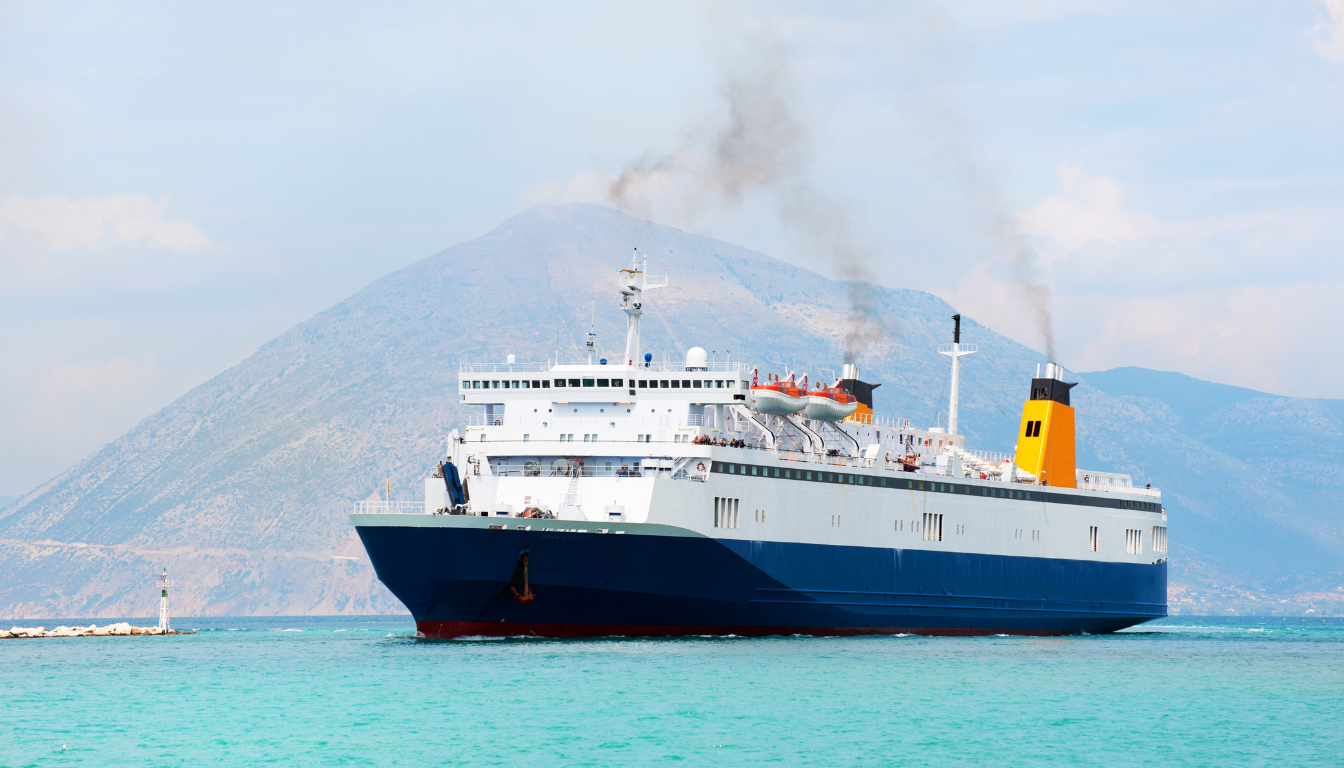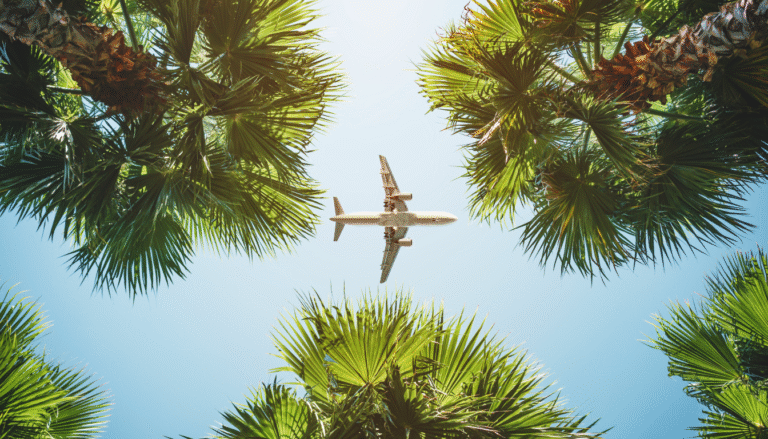Taking a Ferry from Spain to Morocco: What to Expect
Did you know over 7 million people travel by ferry between Spain and Morocco every year? This journey is a great way to see the rich cultures of both countries. It’s a fun and unique experience.
When you cross the Strait of Gibraltar, you’ll see amazing views. There are many ferry companies to choose from. They offer different times and prices to fit your needs.
Key Takeaways
- Multiple ferry companies operate between Spain and Morocco.
- The journey offers stunning views of the Strait of Gibraltar.
- You can choose from various routes and schedules.
- Traveling by ferry is a convenient and enjoyable way to reach Morocco.
- Several ports in Spain and Morocco are connected by ferry services.
Overview of Ferry Routes Between Spain and Morocco
Many ferry routes link Spain and Morocco, meeting various travel needs. Each route has its own duration, frequency, and amenities. It’s key to pick the right one for your trip.
Popular Ferry Spain Morocco Routes
The top ferry routes are Algeciras to Tangier Med and Tarifa to Tangier Ville. The Algeciras to Tangier Med route is popular for its short trip time, about 1 hour. Tarifa to Tangier Ville is loved for its scenic path and direct link between continents.
Think about the journey’s length and what’s on the ferry. Some ferries have luxury, while others are fast and simple.
Ferry Operators and Companies
Several companies run ferries between Spain and Morocco. FRS Ferries and Balearia are well-known. They offer fast trips and ones with more comfort, like dining and shopping.
Looking into what each company offers can help you choose the best for your trip.
Planning Your Ferry Journey
Travelers going from Spain to Morocco by ferry should plan carefully. This ensures a smooth and enjoyable trip. It’s important whether you’re a seasoned traveler or new to international journeys.
Best Time to Travel
The best time to travel between Spain and Morocco is in spring and autumn. The weather is mild and the seas are calm. These seasons are perfect for a comfortable ferry ride.
Avoid summer if you don’t like crowds. And skip winter unless you’re ready for rough seas.
Duration of Different Crossings
The duration of ferry crossings from Spain to Morocco changes based on the route and ferry type. For example, the Algeciras to Tangier route is popular. It can take 30 minutes to a few hours, depending on the ferry.
Knowing these times helps plan your trip better.
Comparing Fast Ferries vs. Regular Services
Choosing between fast ferries and regular services depends on what you want. Fast ferries are quicker but cost more. Regular services are longer but offer a more relaxed trip.
Your choice should match your travel style, budget, and what you value most.
Booking Your Ferry Tickets
Booking your ferry tickets from Spain to Morocco is easy. You can choose from several online options. Each ferry operator offers different routes, so you can pick the best one for your trip.
Online Booking Options
You can book your tickets online at the websites of Balandalú, FRS, or Grimaldi Lines. These sites are easy to use. You can pick your travel dates, route, and class of service.
Online, you can also compare prices and schedules. This helps you find the best deal.
- Easy comparison of prices and schedules
- Convenient payment options
- Immediate confirmation of booking
Ticket Prices and What They Include
Ferry ticket prices vary. They depend on the route, operator, and class of service. Here’s what you usually get:
- Travel on the selected ferry
- Onboard facilities and services (varies by operator)
- Optional: vehicle transport if applicable
Some operators may charge extra for things like priority boarding or extra legroom.
Last-Minute vs. Advance Booking
Last-minute bookings might be available, but booking in advance is better. It helps you get the best prices and ensures you have a spot, even during busy times.
Booking early also lets you pick your travel times and cabin. It’s more flexible.
Required Documentation for Spain to Morocco Ferry Travel
Before you start your ferry trip from Spain to Morocco, knowing what documents you need is key. Having the right papers makes your travel easier.
Passport and Visa Requirements
You’ll need a passport that’s good for at least six months after your planned entry into Morocco. Some countries, like the EU, USA, and Canada, don’t need a visa for visits up to 90 days. But, always check the latest visa rules for your country before you go.
Visa rules can change. So, it’s smart to check the latest info on official government or embassy websites. Some people need a visa before they go, while others can get one when they arrive.
Vehicle Documentation
Traveling with your car? You’ll need certain vehicle documents. This includes a valid vehicle registration, a driving license, and car insurance that covers Morocco. You might also need a Carnet de Passages en Douane (CPD) for certain vehicles or if you’re not the owner.

Also, talk to your ferry operator about any special vehicle document needs they might have. Having all the right documents avoids any travel problems.
Departure Procedures from Spanish Ports
Traveling by ferry from Spain to Morocco needs some planning. Let’s go over the departure steps. Knowing the check-in and boarding processes can make your trip easier.
Check-in Process and Timelines
The check-in for ferries from Spain to Morocco starts 2 hours before departure. It’s important to arrive early to finish everything without stress. The exact time may change based on the ferry and port.
Some companies like Balearia and FRS let you check in online. This can save time. But, always check with your ferry operator for details.
Boarding Procedures
After checking in, you’ll board the ferry. Boarding starts 30 minutes to 1 hour before departure. You’ll need your boarding pass, which you get after checking in.
Have your travel documents and ID ready for the crew. This makes boarding smoother for everyone.
Luggage Allowances and Restrictions
Luggage rules differ among ferry operators. You can bring some luggage, like suitcases and handbags. But, it’s key to check with your ferry operator for exact limits and any banned items.
Knowing these rules ahead of time helps you pack right. This avoids any last-minute problems at the port.
The Ferry Spain Morocco Experience Onboard
When you board the ferry from Spain to Morocco, you’re not just crossing water. You’re on a journey filled with comfort, amenities, and the excitement of the sea. Each ferry company offers different experiences, from luxurious cabins to restaurants and more, to make your trip enjoyable.
Cabin and Seating Options
There are many cabin and seating options available, depending on the ferry. You can pick from recliner seats for a budget-friendly choice or luxurious cabins with en-suite facilities for more comfort. It’s a good idea to book early, as seats and cabins can fill up fast, even during off-peak times.
- Recliner seats for a budget-friendly option
- Luxury cabins with en-suite facilities
- Outdoor decks for those who prefer fresh air
Onboard Facilities and Services
Modern ferries between Spain and Morocco have lots of facilities and services. You’ll find restaurants serving local cuisine, bars with a variety of drinks, and shopping areas for souvenirs or essentials. There are also entertainment options for all ages, making the trip fun for everyone.

- Restaurants serving a range of local and international dishes
- Beverage bars with a selection of alcoholic and non-alcoholic drinks
- Shopping areas for last-minute purchases or souvenirs
Tips for Dealing with Seasickness
If you’re worried about seasickness, there are ways to make your journey smoother. Sitting in the middle of the ferry or on the upper deck can help. Many ferries also have medications for seasickness or natural remedies. Keeping busy with activities or enjoying the view can also help you feel better.
- Choose a seat in the middle or on the upper deck
- Consider medication or natural remedies
- Stay occupied with onboard activities or enjoy the view
Arrival Procedures in Morocco
The excitement of arriving in Morocco by ferry is followed by a hassle-free disembarkation. As you step off the ferry, you’ll be greeted by the warm Moroccan atmosphere. It’s ready to begin your journey.
Disembarkation Process
Disembarkation procedures can vary slightly depending on the port and ferry operator. Generally, you’ll follow signs to the disembarkation area. There, you’ll present your travel documents.
Make sure to have your passport and any required visas or travel documents ready. This will help expedite the process.
Immigration and Customs in Morocco
After disembarking, you’ll proceed to immigration and customs. Morocco has streamlined these processes. But it’s essential to be prepared.
Ensure you have all necessary documents, including a valid passport and any required visas. Be aware that some nationalities may have specific requirements. It’s wise to check ahead of time.
Here’s a quick overview of what to expect during immigration and customs:
| Procedure | Documents Required | Tips |
|---|---|---|
| Immigration | Passport, Visa (if required) | Have documents ready, be prepared to answer questions about your stay. |
| Customs | Declaration form, receipts for goods purchased | Declare all items, be aware of duty-free allowances. |
Transportation Options from Moroccan Ports
Once you’ve cleared immigration and customs, you’ll find various transportation options awaiting you. From taxis and buses to rental cars and private transfers, getting to your final destination is convenient. Major ports like Tangier offer well-organized transportation services.
To make the most of your arrival, consider the following transportation tips:
- Research transportation options before you arrive.
- Agree on taxi fares before you start your journey.
- For longer stays, consider renting a car for flexibility.
By being prepared for the arrival procedures in Morocco, you’ll ensure a smooth transition from the ferry to your next destination. This sets a positive tone for your trip.
The Return Journey: Morocco to Spain Ferry Experience
Getting ready to leave Morocco and head back to Spain? You’ll want to know what to expect on your return ferry journey. The steps and rules for leaving Morocco and arriving in Spain are important to know for a smooth trip.
Differences in Departure Procedures
When leaving Morocco, you’ll find some differences in procedures from your first trip. Make sure to arrive at the port early. Check with your ferry operator for specific requirements, like arriving 2 hours before the departure time.
Also, be ready for different boarding procedures. Some ferry operators have unique rules for returning passengers. Knowing these ahead of time can prevent confusion.
Spanish Immigration and Customs
When you arrive in Spain, you’ll face Spanish immigration and customs. Have your passport, visa (if needed), and other travel documents ready. Remember to declare any goods over duty-free allowances.
Spanish customs are strict, and not following rules can lead to fines or penalties. Know about restrictions on items like alcohol, tobacco, and certain foods. If unsure, check with Spanish customs or your ferry operator.
Understanding the return journey from Morocco to Spain can make your trip easier. Enjoy your travel time without stress.
Practical Tips for American Travelers
Traveling from Spain to Morocco by ferry needs some planning. Knowing the local customs, currency, and how to communicate is key. This will make your trip easier.
Cultural Considerations When Arriving in Morocco
Morocco values its rich culture and is a conservative country. As an American, it’s important to respect local customs, like when visiting mosques or rural spots. Dressing modestly and being careful with your body language is a must.
- Remove your shoes when entering mosques or homes.
- Use your right hand when eating or giving/receiving something.
- Avoid public displays of affection.
Currency and Payment Considerations
In Morocco, the currency is the Moroccan dirham (MAD). While some places take credit cards, it’s wise to have local currency for small buys and at markets.
- Exchange some currency at the airport or a local bank.
- Inform your bank of your travel plans to avoid any transaction issues.
Language and Communication Tips
Arabic is the official language, but many speak French or Spanish. English is less common, mainly in tourist areas.
- Learn basic Arabic phrases like “hello” (مرحبا – marhaba) and “thank you” (شكرا – shukraan).
- Carry a phrasebook or use a translation app on your phone.
Conclusion
Taking the ferry from Spain to Morocco is a unique and fun way to travel. You can pick from many ferry operators and routes. Each one is designed to make your trip comfortable and enjoyable.
When planning your trip, think about the best time to go and how long the journey will take. Fast ferries and regular services have their own perks. With these tips, you’ll be ready for your journey. Whether for fun or work, the ferry ride is a great way to see the area.
Before you go, check what documents you need. This includes your passport and visa, and any vehicle papers. With everything in order, you’ll be set for a great adventure. Enjoy your ferry ride and explore this amazing region.



